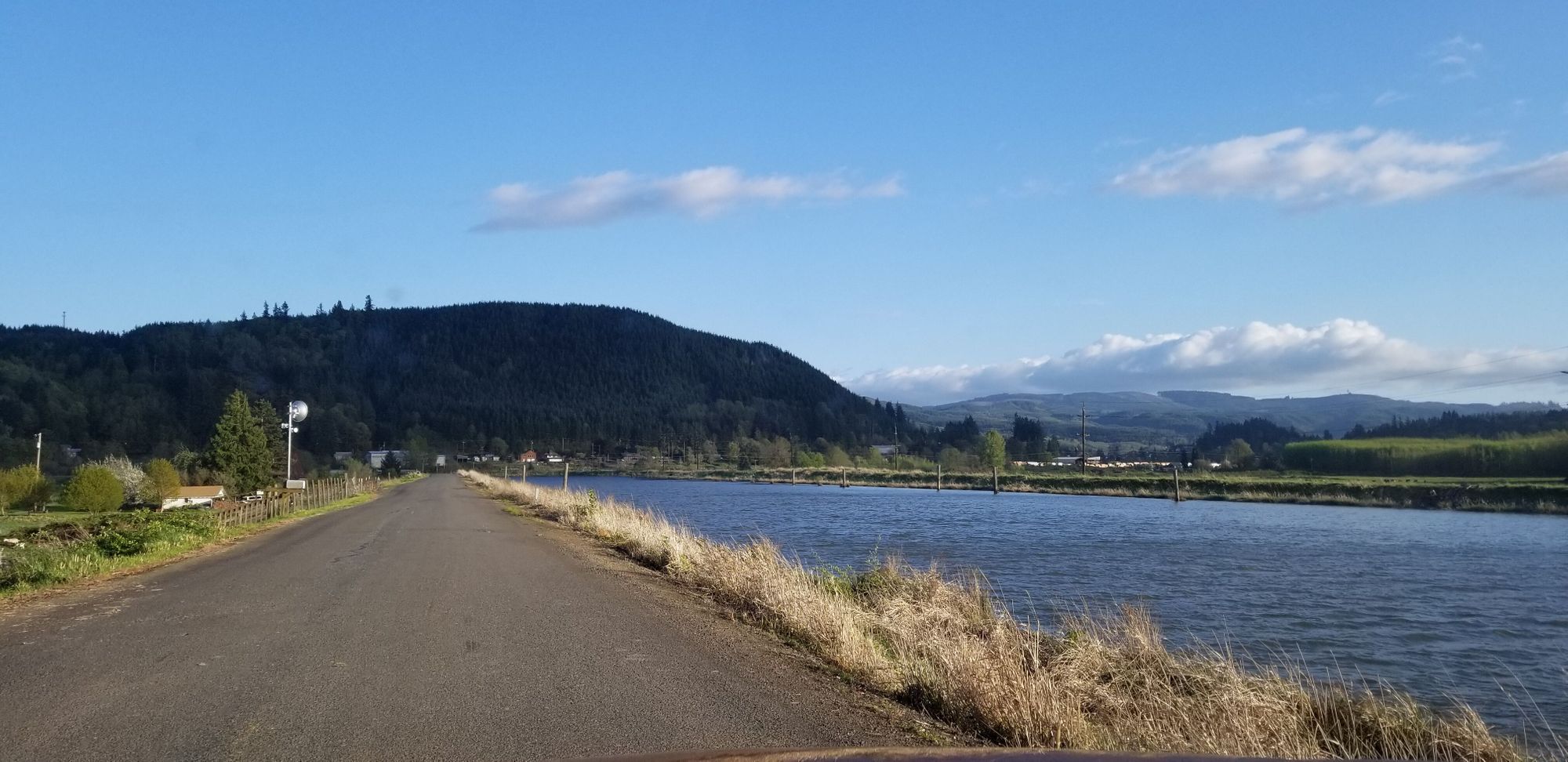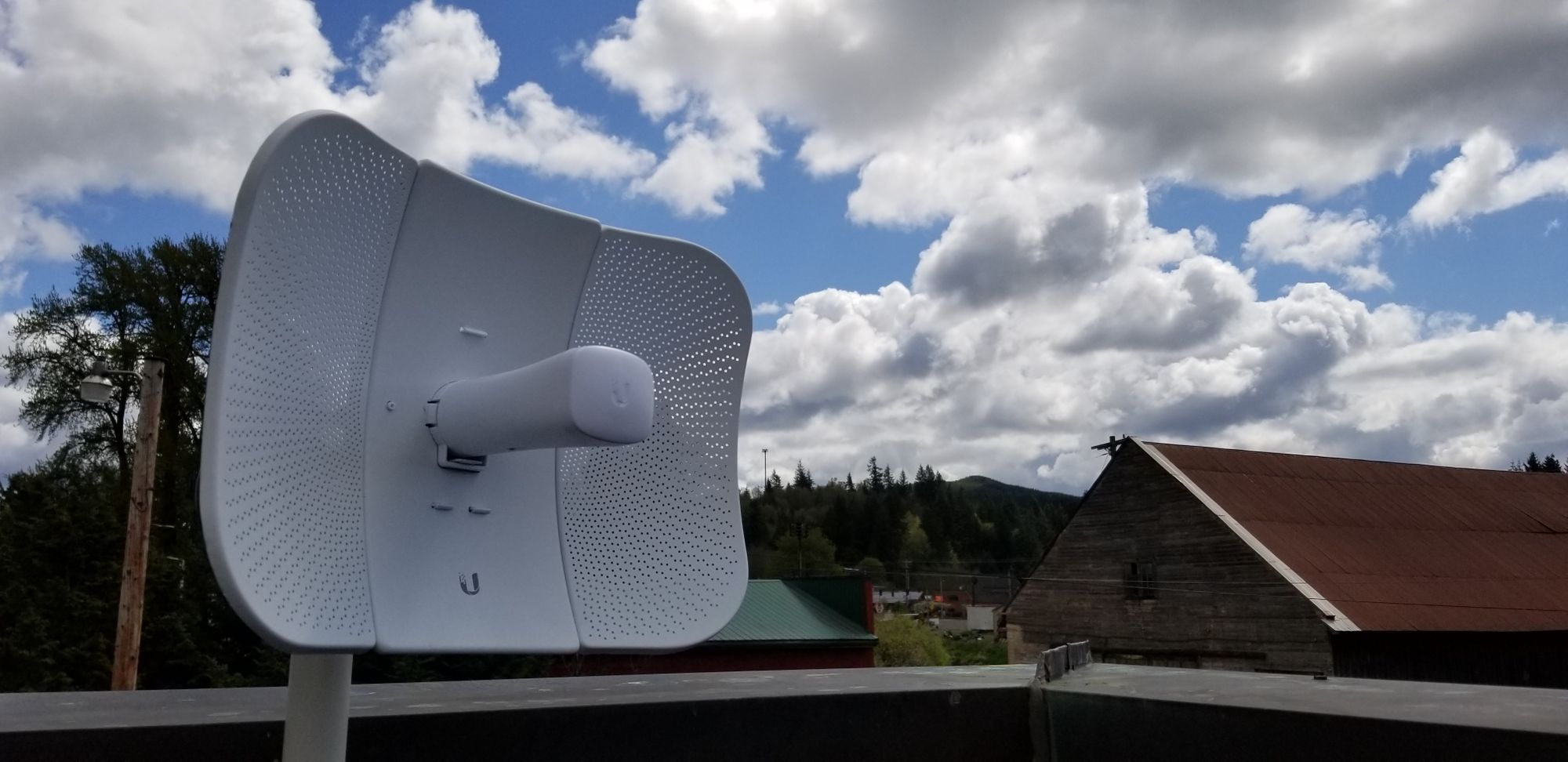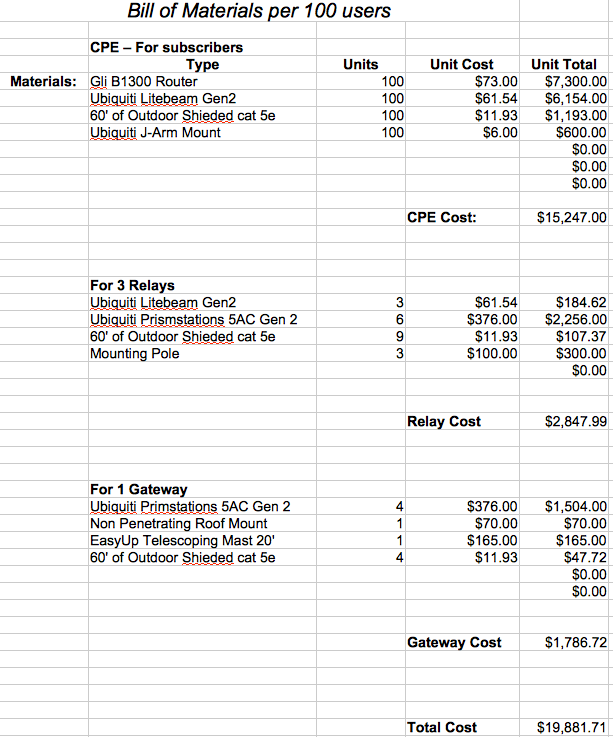A Sustainable Network

The novelty of the Althea system is how it incentivizes a diverse group of partners within the network and automates their collaboration. Local organizers work together with home and business owners to host infrastructure that relays bandwidth throughout the community. This unique collaboration can give rise to a variety of different setups and economic models. In this post, I’m going to explore two frequently used economic models, and I encourage creativity in how these can be best applied to your community and unique situation.
Small Business
An Althea network could be administrated by a small business as the organizer. Althea organizers help support the network with installation and customer support and can collect a monthly “subscriber fee” for each end user. This role fits well within the the structure of a small business who may have a manager and even a few employees as it scales up. A business makes it easier to take in revenue, maintain insurance, and manage expenses and taxes.
One of the more challenging aspects of starting the network is finding backhaul (the fiber connection to the internet) and setting up a gateway node. For this reason, especially during the bootstrapping phase, this business may also elect to own and operate one of these gateway nodes. This gateway node collects fees for bandwidth on a per GB basis, often around 15-30 cents per GB. Because usage varies, the ability of the business owner to utilize both the bandwidth fees and the monthly subscriber fee can be very helpful.
Our best usage data comes from our network in Clatskanie that demonstrates an average of 180GB of usage per month, per household. This data closely aligns with the national average of 201GB in 2017, but is below what a recent OpenVault report indicates is an average of 268GB in 2018. If the gateway sets a price of $0.20 per GB they could expect monthly revenue of $36/per user/month. The business could then add to this revenue with a $10 monthly fee for an average revenue (given Clatskanie’s average) of $46/month.
The major operating cost of the gateway is the backhaul itself, which is often between $1000-$2000 for a 1Gb dedicated internet transit connection. This dedicated connection allows for re-sale and isn’t oversold to many different customers. The backhaul costs can vary a great deal based on the remoteness of your location and other political factors, but we will work with a cost of $1500/Gb for our analysis here.
With just 100 users, the business can expect a gross revenue of $4600, and a net of of $3100, an average of $31/user. In many ISP businesses this initial build out to 100 subscribers can take about a year, however, with our Altheahoods program, you can easily front load the user acquisition into the planning stages, and build out with 100 subscribers initially.
For this build out, both the gateway node and the subscribers will need equipment. The average cost for the CPE (customer premises equipment) is between $150-$200, and this includes a router, the antenna, and cable at the subscriber's home or business. Organizers can choose to use a model where subscribers buy their own equipment, organizers pay for the equipment of the subscribers outright, or organizers pay for the equipment up front but increase the monthly subscriber fee for a short time to cover. For this example, we’ll look at the most costly use case for the business - organizer paying for all equipment up front.

Below is a bill of materials for a 100 person network with one gateway and three relays. With the total cost of the build out, including all gateway and relay nodes and all subscriber CPEs, being $19,881 and a net of $3100 a month, ROI can be expected in just under 7 months.

Of course, we are overlooking labor for installers and other costs, like insurance. These costs can be managed by increasing the length of time to ROI, charging an installation fee, or the organizers can install themselves. Once the initial build out has been completed, typical growth for wireless ISPs can be 15-30 subscribers per month, adding additional revenue. The 1Gb backhaul gateway could support between 200-400 subscribers, depending on expected throughput, until it either needs to be upgraded or more gateways built. Althea supports a sustainable implementation and scalable business model, with a short term return on investment.
Cooperative or NonProfit
The cooperative or non profit model is very similar to the business case, with slight differences to how costs can be shared. In the rural Oregon Clatskanie network, the organizers formed a member owned cooperative, where subscribers are members and the network is governed by an elected board. The cooperative both organizes the network and operates the main gateway.

The cost for the CPE equipment, gateway, and relays is the same as the above business case. Backhaul costs $1400/month for 500Mbps, which can support about 100 subscribers with speeds of around 50Mbps.
The Clatskanie build for it’s thirty-five users was primarily subsidized by Althea as testing grounds for our new software. This funding could be similarly achieved through a broadband grant or crowdfunded. A shared approach might look like relays that are self funded and the gateway and CPE’s equipment being a shared cost. At thirty-five users and a total cost of $7106, that would be $203 per person and easily within the scope of a crowd funded project for an under served area or one with little choice for internet access.
At 100 users, the network will be grossing approximately $4600/month and a net of $3200 which will be able to support a part-time manager/installer and the other expenses of the network. Growth can be easily scaled as more bandwidth and subscribers are added. This creates an inclusive organization able to sustainably support broadband expansion in a variety of environments, including low density or underserved low income areas.

